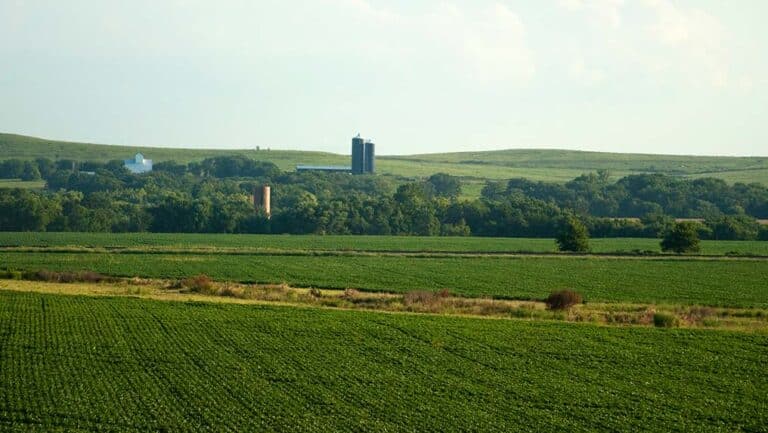Myth Vs. Fact: Daylight Saving Time and Farming
Explore the link between daylight saving time and farming.
Daylight saving time is fast approaching, with Sunday, March 12th being the date that we “spring forward” and set our clocks ahead one hour. Do you ever wonder why we do it? You’ve likely heard that daylight saving time and farming are related, but the truth of the matter is that daylight saving time was not created by farmers. Explore the roots of the myth that daylight saving time and agriculture are connected, and find answers to questions like, “How does daylight saving time affect farmers?” below.
Myth: Daylight Saving Time was Created to Benefit Farmers
It’s a story that continues to crop up: daylight saving time was created for the agriculture industry to offer more daylight hours to work in the field, according to a History.com article. The truth of the matter is the agriculture industry lobbied against daylight saving time in 1919. Some believe it was then that farmers became associated with daylight saving time, even though they were only involved because they were against it.
The first implementation of daylight saving time occurred in Germany in 1916 as a way to conserve coal usage during World War I. The U.S. followed suit in 1918, and the implementation has come and gone over the years. It has been particularly popular as a means to conserve energy with the thinking being that if the summer sunlight lasts longer into the evening, it is one less hour of darkness that will need to be lit, cooled, or heated.
Daylight Saving Time and Farming
Many farmers and others in agriculture are still opposed to daylight saving time. What it actually does is disrupt a farmer’s carefully orchestrated schedule. For instance, if dairy cows are used to being milked at 5:00 a.m., moving the clock back an hour in the fall actually moves their milking time back an hour, and livestock cannot understand waiting another hour to be milked. Then, just as the cows get used to it, the milking schedule gets changed again in the spring. The milk truck is likely still coming at the same time per the clock, meaning dairy farmers can’t just change their milking times to keep it consistent for the animals.
Similarly, daylight saving time also affects the amount of time put in by farmworkers. If hired hands have to wait an extra hour for daylight to start working in the morning, but they still leave at the same time at night, less work is getting done. All in all, farmers would rather just use the sun and the seasons to determine milking times, planting charts, and the best time to harvest.
AgAmerica is proud to support the nation’s farmers and ranchers. We use our flexible range of financing solutions that include low interest rates, long amortizations, and an outstanding 10-year line of credit to help those in the agriculture industry succeed.






